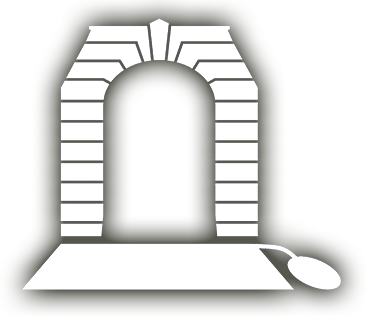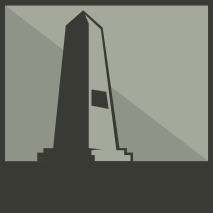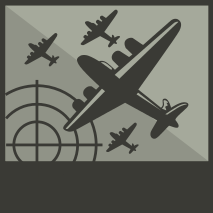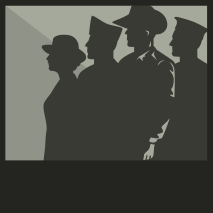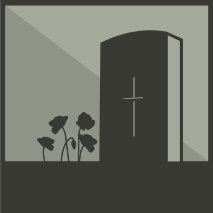Resources
Filter
Media
Type
Conflict
Campaign
Use quotes for more accurate searches - e.g., "2/10th infantry battalion"
Showing 50 of 3898 results
-
David_Spry_by_Laura_Cassell.pdf
-
Frank_Spencer_Charles_Day_by_Matilda_Cotton.pdf
-
Frederick_Hurtle_Little_by__India_Little.pdf
-
Fredrick_Toop_by_William_Wiseman.pdf
-
Gordon_Cathcart_Campbell_by_Melissa_Campbell.pdf
-
Howard_Hendrick_by_Sophie_Lipman.pdf
-
James_Churchill_Smith_by_Liam_Kay.pdf
-
Matron_Elizabeth_Mosey_by_Sophie_Baker.pdf
-
Philip_Kenneth_Ross_Gerecke_by_Tabitha_Zdanowicz.pdf
-
Rowley_Charles_Miller_by_Daisy_Yates.pdf
-
W_O_Jose_by_Shreyas_Khanna.pdf
-
Thomas_Currie__DIver__Derrick_by_Elise_Turtur.pdf
-
Wesley_Choat_by_Lily_Farrell.pdf
-
William_Faint_by_Ryan_Schwarz.pdf
-
William_Harold_Simcock_by_Charli_Medlow.pdf
-
Frank Hurley Machine-gunners of the 3rd Australian Light Horse Regiment at Khurbet-Ibn-Harith, Palestine, on 31 December 1917 print from Paget plate P03631.087
-
Positions of forces at dusk on October 31, 1917, during the Battle of Beersheba at the time of the charge of the 4th Light Horse Brigade. British forces are shown in red, Turkish forces are shown in blue. The position reached by the regiments of the 4th Light Horse Brigade after the attack is shown in pale red. Note: there is no evidence that the 4th Light Horse Regiment crossed the Wadi Saba during their attack, nor that the 60th Division attacked south of the Wadi Saba. The Australian Mounted Division headquarters is shown where the Anzac Mounted Division headquarters moved to, after the capture of Tel el Saba. Neither the Gullett map nor Bou's map locates the headquarters of Anzac Mounted Division, Australian Mounted Division and Desert Mounted Corps at Kashim Zanna despite numemrous sources placing them there. [Preston 1921 pp. 25–6, Powles 1922 pp. 136–7, Hill 1978 p. 126]
-
The mangled ruins of part of the light railway after a direct hit on a trainload of ammunition. Amidst the debris are damaged shell cases. The light railway was used to transport casualties and supplies within the Ypres area. From Birr Cross Roads casualties were transferred to motor ambulances to be transported to the advanced dressing stations on the Menin Road. Note in the background a line of motor lorries.
-
Victor Harbor - favoured SA holiday destination
-
Service Medals of P/O James RENNO, DFM
-
1630 Private Bruce Oscar STEWART 2nd Australian Infantry Battalion
-
Lieutenant Gladys Hughes, a survivor of the Vyner Brooke sinking, captured as a PoW died just three months from war's end in May 1945 from the effects of disease ill treatment and mal-nourishment.
-
R237 ADDEMS Percival Edward 2333
-
RAAF SGT David Leicester
-
-
Ground crew from 451 and 452 Squadrons at RAF Matlaske May 1945
-
The second attack at Dernancourt on 5 April 1918
-
Family photo of Arthur James KERR KIA 27 Aug 1916 at Mouquet Farm
-
6787, Pte S.A. Beare 27 Battalion AIF
-
NX70915 Lt CAH Moxham, 2nd/2nd machine Gun Battalion
-
-
Private Paul ANdrew LARGE was a national service conscript from Coolah in Queensland, and part of D Company 6RAR. He was one of the 17 soldiers of D Company killed in action in the course of the Battle of Long Tan.
-
Korea, 1952-05. Three officers from 'A' Company, 3rd Battalion, The Royal Australian Regiment (3RAR), share a bottle of beer in a reserve area. The soldiers are (left to right): Captain Brian Poananga, a New Zealander serving with the battalion; 3/40105 Lieutenant Gilmer John (Gil) Lucas MC; 3/395 Major Jeffrey James (Jim) Shelton MC, the company commander. A graduate of the Royal Military College (RMC) Duntroon, Captain Poananga later became Chief of the General Staff (CGS) in the Royal New Zealand Army (RNZA).
-
A picture of Geroge Harriot that appears to show his rank as Lieutenant and thus taken some time before April 1917 when he was promoted Captain.
-
A diagram of the Barrage Plan for the Australian Corps advance. The barrage was fired on preset timings without the benefit of radio communications so advancing troops had to be careful not to get too close to, or be left behind by the line of the creeping barrage. The level of complexity of such a plan epitomises the sophistication of Artillery by this stage of the war. Each battery of guns would be using different firing data on a relentless schedule from their many and varied locations in order to achieve this effect on the ground.
-
Flight Sergeant APPLEDORE F.H. Nowra Cemetery
-
L-R Military Cross, 1914-15 Star, British War Medal Victory Medal with MiD clasp
-
RAN Badge
-
920 Francis Michael LOCK AFC RH#23
-
A privately own and flown CAC Wirraway operating in the 1980s before the 'Warbird' vintage military aviation movement got under way in Australia.
-
Flying Officer Jack Brittain
-
A memorial to the 460 Squadron crew lost on 13th June 1943
-
Bellicourt Cemetery
-
Louverval Cemetery collonade - a striking memorial
-
HEadstones of two Commonwealth airmen
-
Risor, Aust-Agder, Norway
-
Studio portrait of Captain (Capt) Ronald Gilbert Horwood MM (left) and Capt Clarence Everard Pellew (right). Paris, France. October-December 1918
-
Private Leslie Robert Templeman RH#26
-
Markham Valley, New Guinea. 1943-09-05. Screened by dense smoke, paratroopers of 503 US Paratroop Infantry Regiment and Gunners of 2/4th Australian Field Regiment with their 25 pounders land unopposed at Nadzab, during the advance of 7th Australian Division on Lae.
-
Studio portrait of 427775 Flight Sergeant (Flt Sgt) Harry James Boyd, No. 24 Squadron, of Pomborneit North, Vic. Boyd enlisted as a private, service number V170264, in the Citizens' Military Forces in Oct 1941. In September 1942 he enlisted in the RAAF. On 23 March 1945, Flt Sgt Boyd was the 2nd pilot, and one of twelve men on board, of Liberator aircraft A72-80 which left RAAF Truscott to undertake reconnaissance over the Lombok Strait and island of Bali. Shortly after take off, A72-80 developed engine trouble and crashed into Vansittart Bay, WA. All on board were killed. Flt Sgt Boyd was 22 years of age.
Page 51 of 78
This page is supported by a grant from the ANZAC Day Commemoration Council

